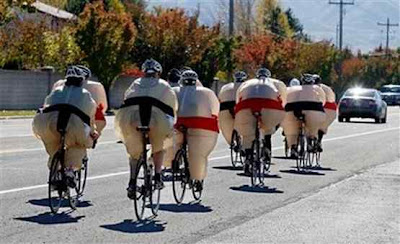Lithium supply an entirely non-issue matter that they try to pretend is an issue.
They don't even consider lithium as an expense in the batteries.
To make the 24kWh pack in a leaf, you require about ~36.4lbs of Lithium Carbonate. Lithium Carbonate is about ~$4,400/ton at the moment. That makes the cost of Lithium ~$80 in a ~$10,000-12,000 battery pack ($0.40-0.50/W-hr).
What I'm getting at, is as far as cost reduction in batteries goes, if the Lithium in them was all free, delivered by magic elves to your battery factory, it wouldn't even shave $0.01 off the $/Whr.
What you do with a move to Sodium, is increase your atomic radius by 1.28x, making the volume grow by 2.1x over Lithium, so your path to intercalate needs to be wider, suffer larger volume changes on insertion and extraction, and break your cathode and anode structures much more rapidly. This is why the best ones are at <70% capacity after 50 cycles.
I'm all about using more abundant cheaper resources, but this seems like a fix to a non-existent problem that brings it's own host of problems along with it.


